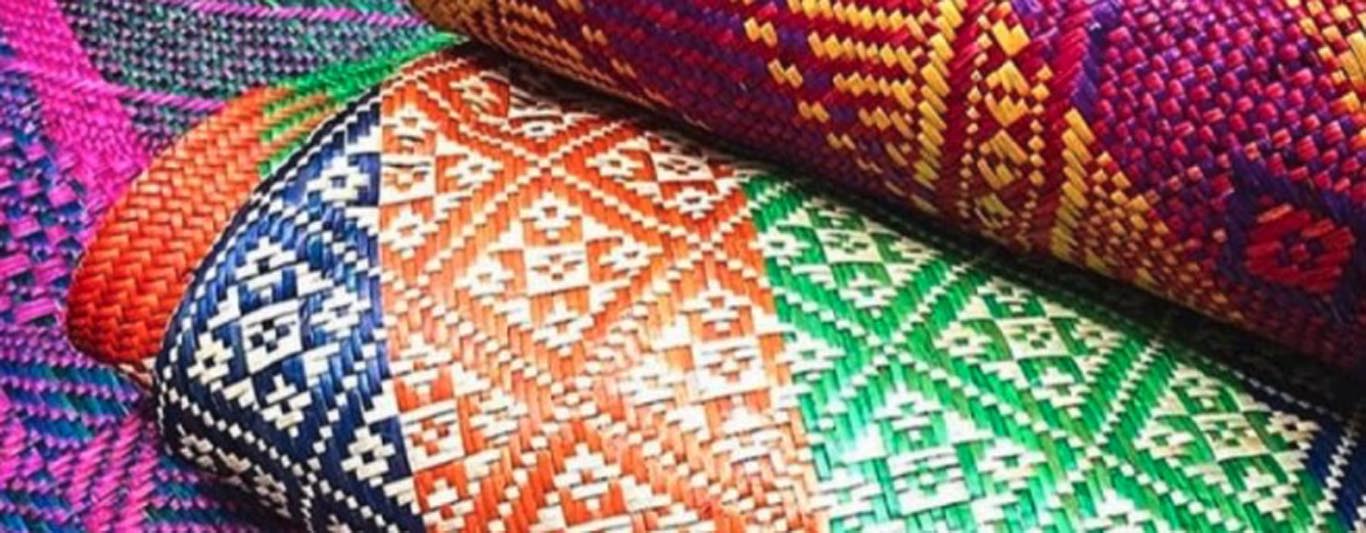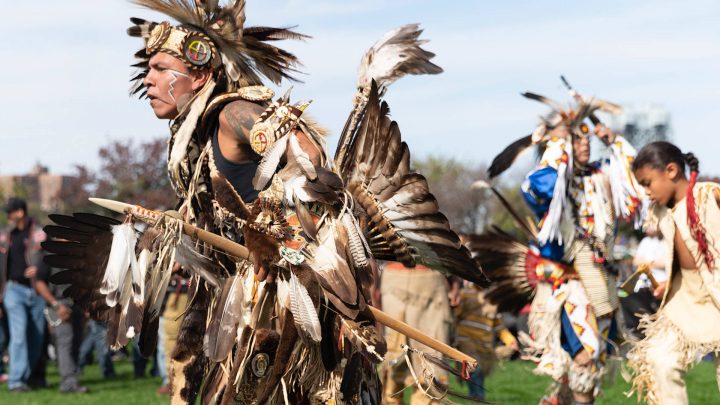June’s Vibrant Tapestry: Celebrating Indigenous Culture in South America
June’s Vibrant Tapestry: Celebrating Indigenous Culture in South America

The month of June in South America isn’t just about the chill of winter, it’s a time when vibrant colors, rhythmic beats, and ancient traditions come alive. This is the season of estivals, celebrations that honor the rich tapestry of indigenous cultures across the continent. From the Andes to the Amazon, communities come together to share their stories, music, dances, and unique traditions, inviting visitors to experience the heart and soul of South America’s indigenous heritage.
A Kaleidoscope of Colors and Rhythms:
Related Articles: June’s Vibrant Tapestry: Celebrating Indigenous Culture in South America
- Uncover the Delights of Jakarta Utara's Indian Culinary Gems
- Wyoming’s Wild Wonders: Exploring The State’s Stunning Reservations
- California Dreaming: A Look At The Native American Tribes Of Southern California
- California’s Hidden Worlds: A Map To Native American Reservations
- Unveiling the Treasures of Arizona: Discoveries and Insights into Indian Tribes and Reservations
Imagine a bustling marketplace filled with handcrafted textiles, intricate jewelry, and aromatic spices. The air buzzes with the sound of laughter, chatter, and the rhythmic pounding of drums. This is the scene at many of the estivals taking place across South America in June.
The Inti Raymi Festival:
In the heart of the Andes, the Inti Raymi Festival, a celebration of the winter solstice, is a spectacle that draws visitors from around the world. Held in the ancient Inca city of Cusco, Peru, the festival is a joyous tribute to the sun god Inti, who is believed to bring life and prosperity.
The festivities kick off with a procession of colorful dancers, adorned in traditional costumes, who weave their way through the streets. The air is thick with the aroma of roasted corn, quinoa, and other traditional foods. The highlight of the festival is the dramatic reenactment of the Inca’s annual offering to the sun god.
The Yacha Rumi Festival:
In Ecuador, the Yacha Rumi Festival celebrates the ancient tradition of the Yacha Rumi, or "Wise Men." This unique festival, held in the city of Cuenca, is a vibrant celebration of the connection between indigenous communities and their ancestors.
The festival features a procession of masked figures, representing the Yacha Rumi, who are believed to possess supernatural powers. The streets are filled with music, dance, and colorful displays, creating a truly unforgettable experience.
The Pachamama Festival:

In Bolivia, the Pachamama Festival, a celebration of Mother Earth, is a time for reflection, gratitude, and renewal. Celebrated throughout the country, the festival is a reminder of the interconnectedness between humans and nature.
Families gather to offer prayers and offerings to Pachamama, the Earth Mother, for a bountiful harvest and good fortune. The festivities include traditional music, dance, and feasts, featuring local delicacies like quinoa, potatoes, and llama meat.
Beyond the Festivities:
The estivals in June are more than just celebrations; they are a testament to the resilience and cultural richness of indigenous communities in South America. These festivals serve as a reminder of the importance of preserving cultural heritage and traditions.
Weaving a Tapestry of Stories:

The estivals in June offer a unique opportunity to connect with the indigenous communities of South America and learn about their rich history, culture, and traditions. Through these festivals, we gain a deeper understanding of the resilience and beauty of indigenous culture and its enduring influence on the continent.
Beyond the Festivities:
While the estivals are a vibrant spectacle, they are just a glimpse into the rich tapestry of indigenous cultures in South America. The continent is home to hundreds of indigenous communities, each with its own unique language, traditions, and beliefs.
The Amazon’s Whispers:
In the heart of the Amazon rainforest, indigenous communities have lived in harmony with nature for centuries. Their knowledge of the rainforest’s ecosystem and their traditional practices are invaluable in protecting this vital resource.

The Andes’ Ancient Wisdom:
In the Andes Mountains, indigenous communities have developed unique adaptations to the harsh environment, creating a culture that is deeply connected to the land. Their knowledge of medicinal plants and their sustainable farming practices are a testament to their ingenuity and resilience.
Challenges and Triumphs:
Indigenous communities in South America face numerous challenges, including land rights, environmental degradation, and cultural assimilation. However, they continue to fight for their rights and to preserve their cultural heritage.
A Call to Action:
The estivals in June are a reminder of the importance of supporting indigenous communities and their cultural heritage. We can all do our part by learning about their struggles, celebrating their traditions, and supporting their efforts to protect their land and culture.
FAQ about Indigenous Communities in South America and their Estivals in June:
1. What are the most popular estivals in June?
Some of the most popular estivals in June include the Inti Raymi Festival in Peru, the Yacha Rumi Festival in Ecuador, and the Pachamama Festival in Bolivia.
2. What are the main themes of these estivals?
These estivals celebrate the sun god, the wisdom of ancestors, and Mother Earth, reflecting the deep spiritual connection indigenous communities have with nature and their ancestors.
3. What can visitors expect at these estivals?
Visitors can expect vibrant processions, colorful costumes, traditional music and dance, delicious food, and a chance to experience the rich cultural heritage of indigenous communities.
4. How can I learn more about indigenous communities in South America?
You can visit museums, attend cultural events, read books, and connect with indigenous organizations to learn more about their history, culture, and traditions.
5. How can I support indigenous communities in South America?
You can support indigenous communities by respecting their land and culture, purchasing products made by indigenous artisans, and advocating for their rights.
6. What are the challenges faced by indigenous communities in South America?
Indigenous communities face challenges such as land rights, environmental degradation, cultural assimilation, and lack of access to education and healthcare.
7. What is the significance of these estivals for indigenous communities?
These estivals are a way for indigenous communities to preserve their cultural heritage, share their traditions with others, and connect with their ancestors.
8. Are these estivals open to visitors?
Yes, these estivals are open to visitors. However, it is important to be respectful of local customs and traditions.
9. What are some tips for visiting these estivals?
Be respectful of local customs, dress appropriately, be mindful of your surroundings, and be prepared to experience a vibrant and unique cultural experience.
10. What is the best way to travel to these estivals?
The best way to travel to these estivals is to book a tour or travel package that includes transportation, accommodation, and guided tours.

Closure
Thus, we hope this article has provided valuable insights into June’s Vibrant Tapestry: Celebrating Indigenous Culture in South America. We thank you for taking the time to read this article. See you in our next article!